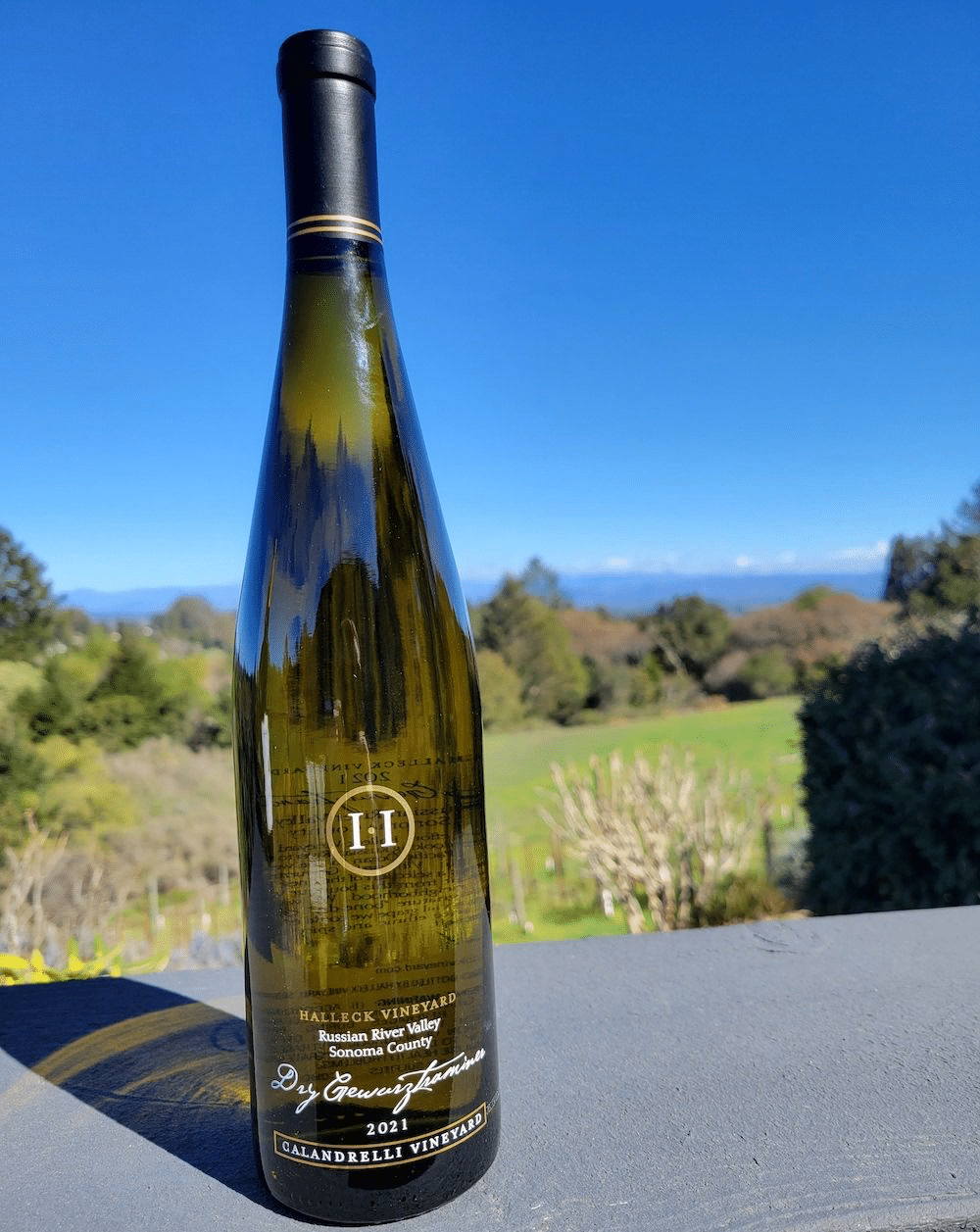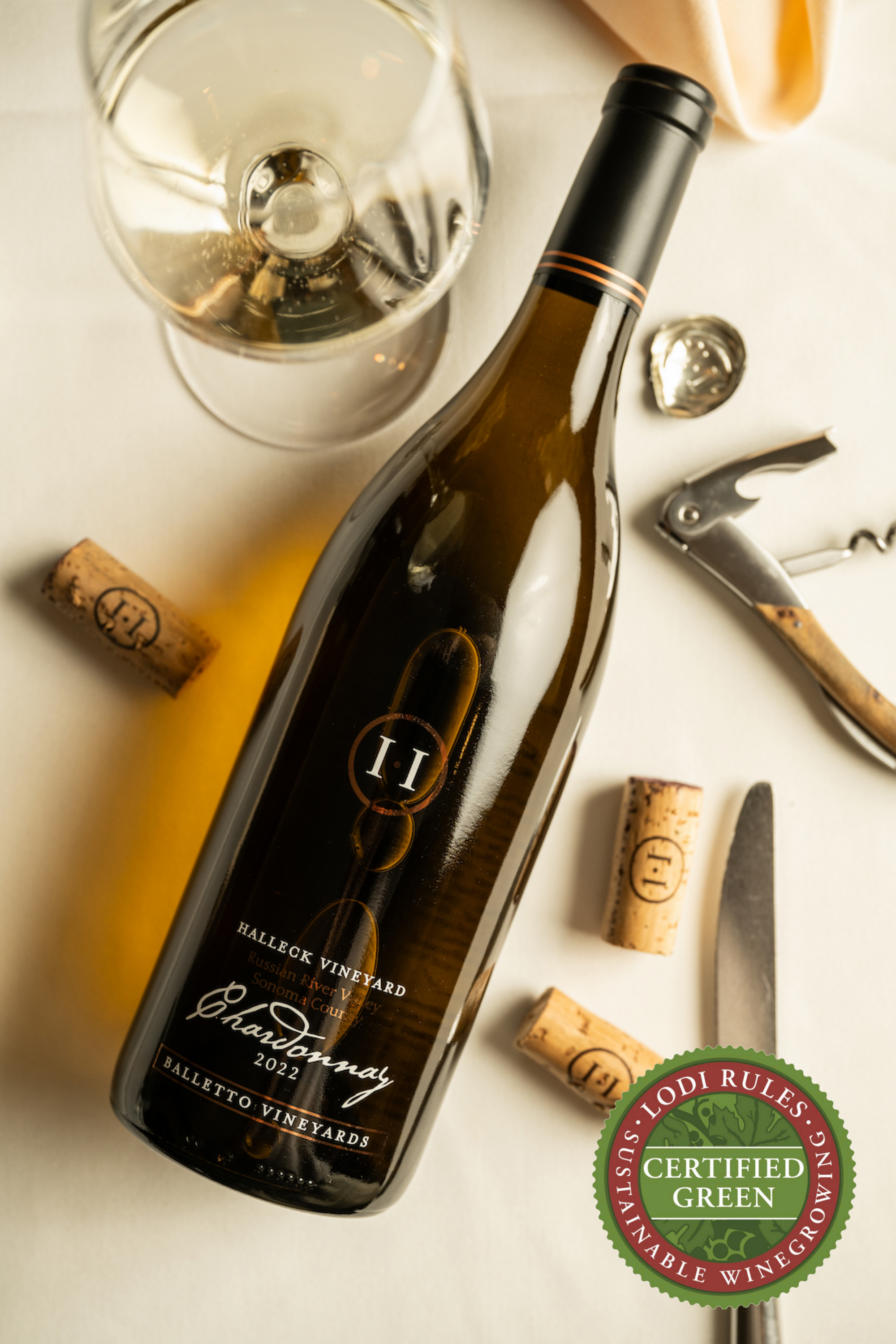Vineyard Tours With Guided Tastings In Sonoma - Enjoying Wine Tastings And Vineyards Near Sebastopol
Wine tasting is an art that requires practice and an understanding of assorted features concerned in the process. One crucial element of wine tasting is the development and interpretation of tasting notes, which function a guide for each novices and seasoned connoisseurs. A Guide To Understanding Winery Wine Tasting Notes can improve your wine-tasting experience, making it extra significant and pleasant.

Tasting notes are concise descriptions that seize the essence of a wine’s flavors, aromas, and general character. Usually composed by professional tasters, winery tasting notes provide insights into the nuances of varied wines. They may help wine enthusiasts understand what to expect from a specific bottle. Nevertheless, tasting notes can vary extensively in style and element based mostly on the writer's experience and palate.
Wineries That Offer Dog Friendly Areas - Sebastopol Wineries
When you first approach a glass of wine, your senses will start to have interaction right away. The sight, odor, and taste of the wine will converge to give you a whole experience. Tasting notes typically start with the visual evaluation, where the colour of the wine is taken under consideration. Colour performs a big role in indicating the wine’s age, grape selection, and even its flavor profile.
After assessing the visible facet, the following step entails swirling the wine in the glass. This action aerates the wine, allowing its aromas to awaken. Smelling the wine offers important perception into its complexity. The preliminary sniff can deliver a flood of scents that will embrace fruity, floral, herbal, or earthy notes. This is usually probably the most subjective part of tasting, as individual experiences can dramatically differ.
In winery tasting notes, descriptors are sometimes categorized into main, secondary, and tertiary aromas. Major aromas often stem from the grape variety, secondary aromas derive from fermentation processes, and tertiary aromas arise from aging. Understanding these classes may help you appreciate the depth of a wine, they usually also give you the vocabulary to specific your experience higher.
Wine Tasting Experiences With Local Cheese - Sonoma's Hidden Winery Gems
Following the olfactory encounter, your focus will shift to the style of the wine. This is where the primary characteristics—sweetness, acidity, tannins, alcohol—come into play. Tasting notes often detail these flavors in multiple dimensions, including the preliminary assault on your palate to the lingering end on your tongue. A high-quality wine will present a harmonious stability between these elements.
While tasting, it is essential to contemplate the body of the wine, which can be described as light, medium, or full. The body contributes considerably to your total impression, helping you contemplate how the wine pairs with food or whether it stands alone as a sipping wine. Balancing the body with the opposite characteristics provides you with a fuller understanding of what the wine has to offer.
The finish of the wine, additionally referred to as the aftertaste, is one other important aspect often included in tasting notes. A long, pleasant finish often signifies a higher quality wine, while a short or cloying aftertaste might suggest otherwise. Evaluating the finish can supply additional insight into the wine's complexity and distinction.
Understanding the context of winery tasting notes can also be useful. Tasting notes can present contextual details about the vineyard's location, climate, and grape-growing practices. This context provides another layer of appreciation for the wine, permitting enthusiasts to attach the sensory experience with its origins, thus enhancing the enjoyment additional.
Wineries With Artisan Chocolate Pairings In Sonoma - Wine Tasting Experiences In Sonoma Valley
Many wineries provide tasting notes on their websites or labels, usually written in an approachable but informative style. Nonetheless, not all winery tasting notes are created equal. Some could additionally be overly technical, whereas others might prioritize marketing aptitude over insightful evaluation. Learning to navigate these notes can arm you with the data to make knowledgeable decisions when choosing wines.
Taking Part in tastings at wineries can even deepen your understanding of wine tasting notes. Interacting with educated employees can give you a more hands-on method to exploring different wines and the language used to describe them. Wineries That Welcome Walk Ins. You May have the opportunity to ask questions, engage in discussions, and doubtlessly refine your palate in actual time.
Experimentation is important for mastering wine tasting notes. As you sample completely different wines, strive making your personal notes. Focus on describing the wine’s shade, aroma, style, and end. Over time, you’ll develop a personal vocabulary that resonates along with your sensory experiences. Each note you create will help refine your palate, permitting you to understand wines at a deeper level.
Rustic Family-Owned Wineries In Sebastopol - Sonoma Wineries With Vineyard Views
In conclusion, a Guide To Understanding Winery Wine Tasting Notes offers a comprehensive framework for diving into the world of wines. It equips you with the strategies and language essential to articulate your experiences. Whether Or Not you are a casual drinker or a devoted aficionado, understanding and using tasting notes can profoundly impression your wine journey. This information not only enhances your enjoyment but additionally connects you deeply with the rich narratives every bottle tells. By embracing this journey, you turn out to be part of the beautiful mosaic of wine tradition, where every sip unveils a model new story waiting to be found.
- Wine tasting notes typically embody a wide selection of sensory descriptions, including aroma, flavor, acidity, physique, and finish, allowing tasters to totally respect the wine's characteristics.
- To improve your understanding, familiarize yourself with common wine terminology such as "tannins," "oakiness," or "terroir," which can help decipher the notes extra effectively.
- A systematic method to tasting includes first visually assessing the wine's colour and clarity, adopted by swirling to release aromas, then inhaling and describing what you experience.
- Taking notes during tasting may help establish patterns over time, enhancing your palate and making it easier to recall preferences for future choices.
- Don't overlook the influence of food pairings; tasting notes can differ significantly when a wine is loved with complementary flavors, altering notion and enjoyment.
- Pay attention to the wine’s vintage, as climatic conditions in a given yr can considerably affect the final product, adding one other layer to the tasting notes.
- Contemplate the winemaker's style and philosophy, which can form the wine's profile and impression how its notes evolve with each sip.
- Practicing with different grape varieties can broaden your vocabulary; every type brings distinctive traits that can improve your capacity to articulate tasting notes effectively.
- Participating with wine professionals or attending tasting events can present valuable insights, offering a richer context for understanding personal tasting notes.
- Keep In Mind that tasting is wineries specializing in sparkling wines subjective; individual preferences and experiences will form one’s interpretation of the same wine, enriching the overall enjoyment of wine exploration.
What are wine tasting notes?
Wine tasting notes are descriptive feedback made by tasters about the appearance, aroma, taste, and end of a wine. They present an overview of the wine's traits and can help customers understand the style and quality of the wine.
Wineries In Dry Creek Valley - Wine Tasting At Sonoma Vineyards
Why are tasting notes important when deciding on wine?
Tasting notes can guide you in selecting a wine that suits your palate. They present insights into flavors and aromas, serving to you to match wines with food or occasions. Understanding these notes enhances your general wine experience.
How should I learn wine tasting notes?
(Small Batch Wineries In Sonoma Valley)
Wineries Near Sonoma Square - Wineries Near Sebastopol For Tasting
When studying wine tasting notes, pay attention to the structure: look for descriptions of colour, aroma, flavor, and end. This will allow you to grasp the wine's profile and decide if it aligns together with your preferences.
What terms commonly seem in wine tasting notes?
Common terms embrace "tannin" (the structure), "acidity" (the crispness), "physique" (the weight), and numerous flavor descriptors like "fruity," "earthy," or "spicy." Familiarizing your self with these phrases can deepen your understanding of wine.
Wineries Known For Their Hospitality - Wineries To Explore In Sonoma Valley

Can I create my own tasting notes?
Yes! Writing your individual tasting notes can improve your wine tasting experience. Focus in your observations of style, aroma, and pop over to this site other sensory traits. This personal practice can help you refine your palate over time.
How do I establish the aromas in wine tasting notes?
Wineries Ideal For Large Groups - Best Wineries For Wine Tasting Sonoma Area
To determine aromas, practice smelling quite so much of scents and associating them with wines. Swirl the wine in your glass to launch its aromas, then take a second to breathe in deeply earlier than figuring out any outstanding scents.
What is the distinction between professional and private wine tasting notes?
Professional tasting notes may use more technical language and specific terminology, while personal tasting notes are subjective and reflect individual experiences. Both are useful for understanding and enjoying wine, but personal notes might resonate more with your unique tastes.
How can tasting notes enhance my wine appreciation?
Unique Wine And Food Pairings In Sonoma - Sonoma Wine Country Wineries To Explore
Tasting notes can improve your appreciation by serving to you to grasp and articulate the complexities of wine. They encourage conscious tasting and supply a framework for comparing totally different wines, resulting in a richer enjoyment of the beverage.
Are there any apps or tools to help with wine tasting notes?
Sure, there are several apps designed to assist users report and arrange their tasting notes. These tools often offer options like flavor wheel guides and wine database searches, making it simpler to track your journey by way of completely different wines.